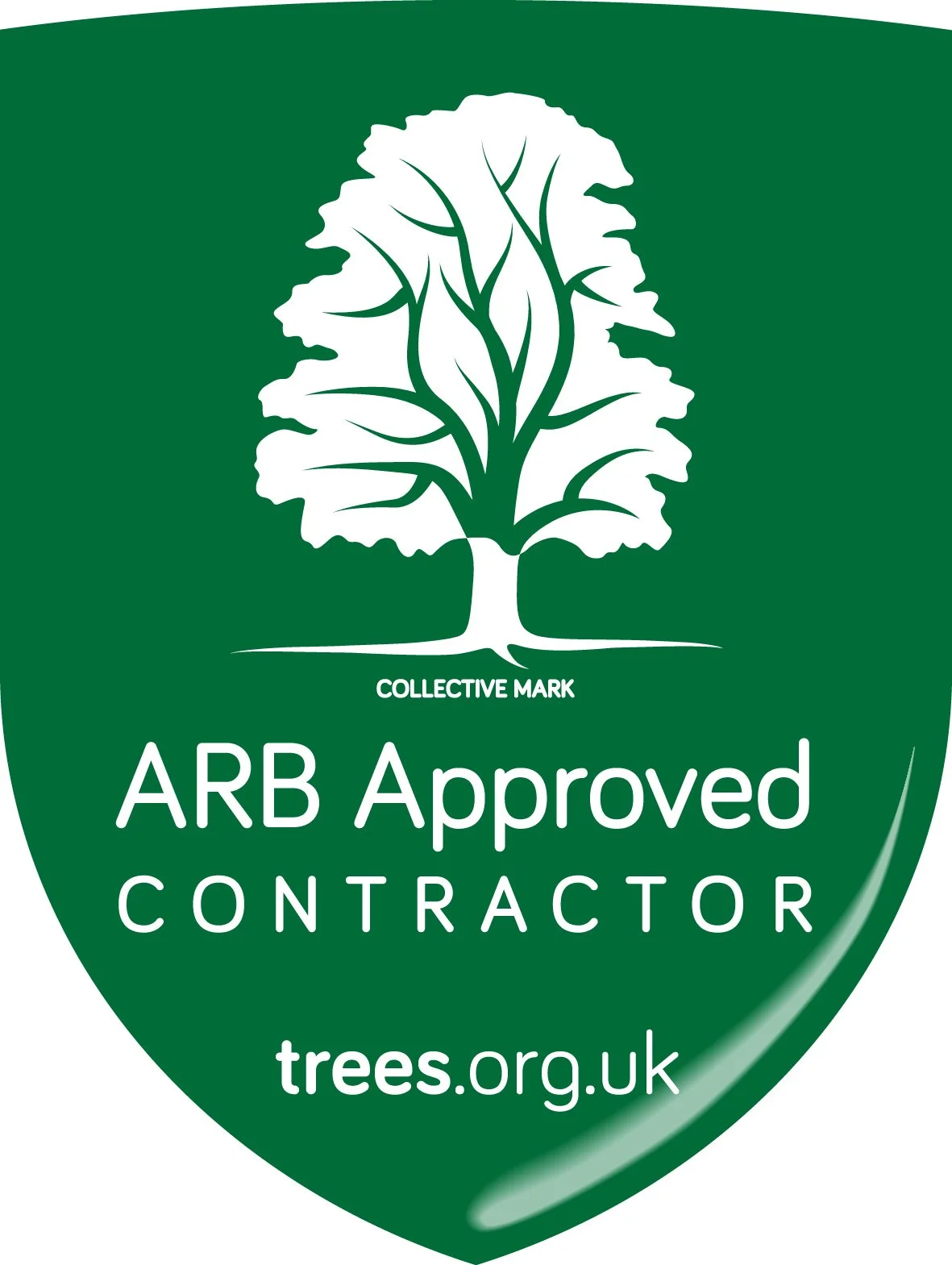Despite the rain we’ve had recently, this has been an unusually dry summer in the South West. Our reservoirs are depleted, and our poor plants and trees have been under a lot of stress to sustain themselves! When watering our gardens and allotments it can be easy to forget that trees also need extra support in drier periods, but they really do! Putting in the extra effort to water and care for your tree during hot summers and droughts can have a huge impact on the ongoing health and growth of the tree, so it is well worth dedicating a little more time to them and even planning ahead for future years.
Young trees, containerised trees or trees which have been planted within the last 3 years, will need the most watering and should be prioritised wherever possible. These trees will not have the robust, deep root systems of older and better established trees, as well as needing more water for their growth whilst having less space (i.e. trunk) in which to store it.
Key tips for keeping your trees happy and hydrated are as follows:
· Ideally water early in the morning or later in the evening. This is to avoid as much evaporation as possible from the strong daylight sunshine.
· Water as slowly as you can, especially when the ground is already dry. Water poured quickly onto hard, dried out earth will only absorb slightly, with the majority running off or flowing through the container too quickly. Giving the ground a preliminary mini-soak before watering properly can help to alleviate this, as can techniques such as placing a bucket with a few holes drilled into its base by the tree and then filling this with water. This will create a much slower water flow, allowing it to be properly absorbed and giving maximum benefit to the tree.
· Wherever possible, mulch your trees, even if they are in pots. A thick layer of mulch, whether woodchip, pine needles or shredded card and other biodegradable material, will go a long way to prevent evaporation and protecting the surface roots of the tree. If you have tree work done in the winter and have the space to store some chip it can be a good idea to “bank” this for use in the summer, if not throughout the year.
· Remember that much of Devon and parts of Cornwall are currently under a hosepipe ban (at time of writing); whilst you can use your tap to fill watering cans and buckets, wherever possible you should try to use rainwater or even grey water for your trees and plants. Grey water can include bath water and washing up water, as long as there are no salts or chemicals harmful to plant and insect life mixed in.
Keep an eye on your trees and the soil around them and adjust your watering schedule to suit. Symptoms of a thirsty tree include foliage wilting during the day but recovering at night, leaves drying out and dropping off, needles on evergreen trees browning and dropping, and even dieback in the crown and splitting in the bark in extreme cases. Most trees can recover from getting a little dried out if they are given a decent watering before they completely succumb, so if you have spotted any of the early signs of thirst in your tree take your time to water them slowly and thoroughly and allow them to build up their strength again.
Both the Tree Council and the Arboricultural Association provide useful information and infographics (see below) on watering your trees, and our expert arboriculturalists are always available to provide you with some free, no-obligation advice and support, should you need it!




